Haven’t Got Time For The Pain
Whether you are a triathlete, a tough mudder, a gym rat, or embarking on a new regimen, chances are you have woken up to aching joints. Luckily there are plenty of ways to address exercise-induced joint pain from becoming a chronic condition. Here are a few tips on dealing with exercise pain so you can get back to doing what you love.

Stop it before it happens. An ounce of prevention is worth a pound of Advil, BenGay or whatever you may use to get through the pain and suffering. The Mayo clinic suggests a range of motion exercises like rolling your shoulders. This can help your mobility and relieve any stiffness. Strengthening your muscles is a key way to avoid joint pain since strong muscles help support the joints. If joint aches are prevalent, a two day a week weight training regimen is sometimes enough to build protection or maintain your frame. Exercise programs like yoga and tai chi can improve balance and your core, which can help to prevent injury.

Warm up. Even seasoned athletes try to skate by without properly warming up once in a while. Whether they are in a hurry or think that the easy routine doesn’t warrant it, they can live to regret it. Taking the time to take pre-workout supplements and performing a combination of static and dynamic stretches before the main event can make a world of difference the next day in terms of not just exercise injuries but also stiffness.

Myofascial Release. If you want to help your mobility, get out your foam roller. According to Spine Health, pain can originate from connective tissue that has tight or damaged fascia. This will restrict the blood flow to these areas. By stretching and releasing this tissue (using a foam roller or similar trigger point therapies), motion and flexibility are restored and pressure on your sore joint is relieved.

Alternate workouts. If a tough workout has put the hurt on you, varying your routine may ease your pain. Working different muscle groups will benefit your body. According to Prevention, when your muscles are weakened from overuse, your joints bear the burden. You can injure yourself by repeatedly working on the same muscle group day after day. Designating an arm, leg, and core day ensures each part of your body gets ample attention and keeps your joints from aching as well. Paying attention to how you are pounding the pavement is a good idea as well. If you are up for an aerobic workout, consider a low impact one. Running on the treadmill can exacerbate a flare-up. An elliptical machine is easier on the joints as is running on grass. Or perhaps consider an aquatic exercise. Swimming takes the weight off your joints and the water resistance is an added bonus.

Eat better. If you are hurting it doesn’t hurt to take a look at what you are putting in your mouth. There are various foods that can cause soreness to worsen. By cutting back on high glycemic foods such as carbohydrates and sugars, you can help alleviate your aches and pains. Eat an anti-inflammatory diet rich in fish, protein and fats and complex carbohydrates and fiber from vegetables. Then supplement with Omega3 fats derived primarily from fish and extra clean proteins. Further, consider using turmeric, a spice that has reported to reduce inflammation as well.

Check your sneakers. While chronic pain may be a part of your medical history, most people are simply running in the wrong shoes for their individual needs. If you aren’t wearing the right footwear, you can be opening yourself up to injury. Every foot is different; whether you have a propensity to pronate, have fallen arches, flat feet, or a bad back, the correct sneaker can soothe it. Your search for the perfect fit should be as thorough as Prince Charming with the glass slipper. You want to look for a shoe that creates stability but also has the flexibility to let you move. Find a specialized sports store, try on several kinds, and speak to an expert who can watch your gait while you run.
If you still find yourself in a sore spot after a workout, you may have a slight injury. Boxing Insider suggests gently stretching your aching joint just far enough to where it begins to hurt but take it easy – there is no need to overextend yourself. According to the Harvard Medical School, the best way to heal is PRICE – protect, rest, ice, compression, and elevate. If need be, protect the area with bandages or K tape. Rest the join by taking several days off. Healing normally doesn’t begin until after 4 to 6 days. Ice the inflamed area for thirty minutes at a time. Compress the joint with wraps. And elevate the area which is giving you trouble. After it begins to repair, hot compresses might alleviate some of the ache. Fish oil supplements may ease exercise induced soreness, when added to a healthy diet. Benefits are dependent on dose but in general the higher the dose, the greater the benefit.


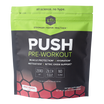

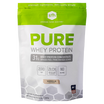
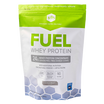

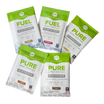
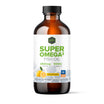
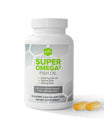
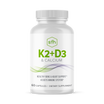
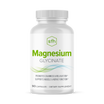
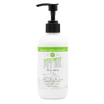
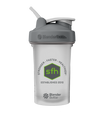

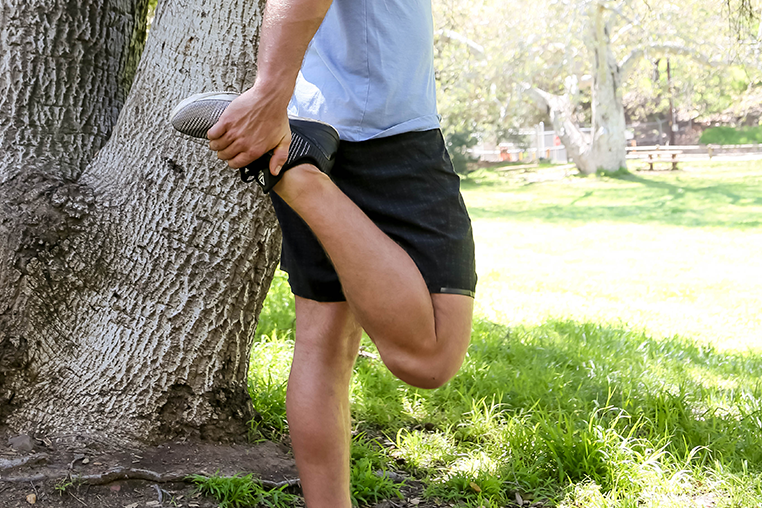
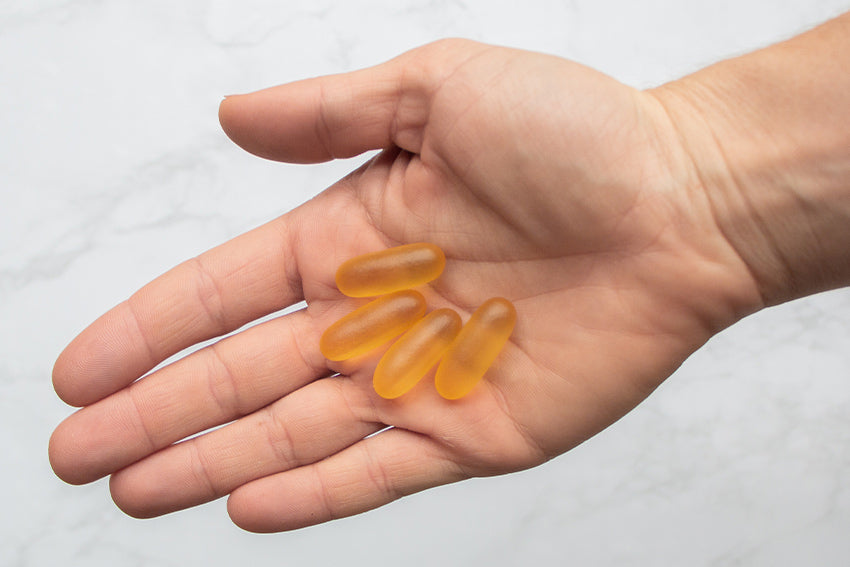

Leave a comment
This site is protected by hCaptcha and the hCaptcha Privacy Policy and Terms of Service apply.